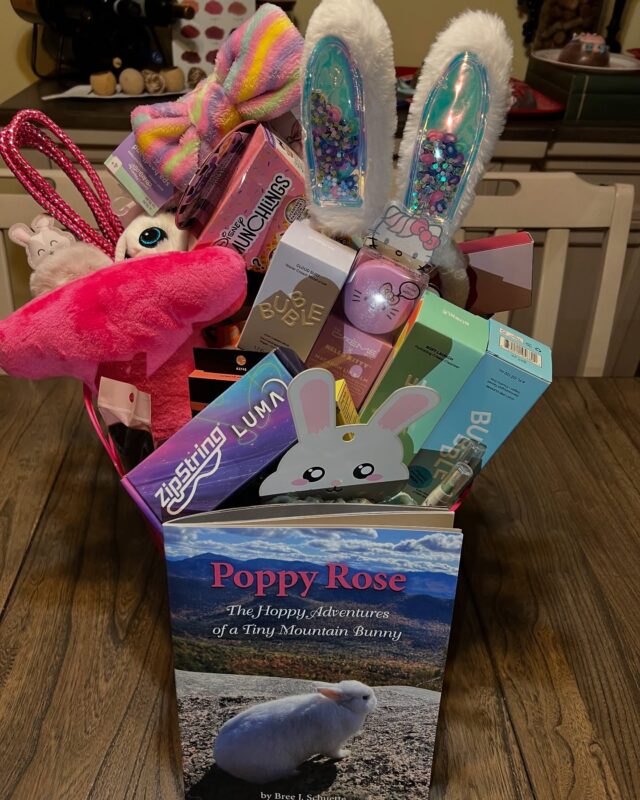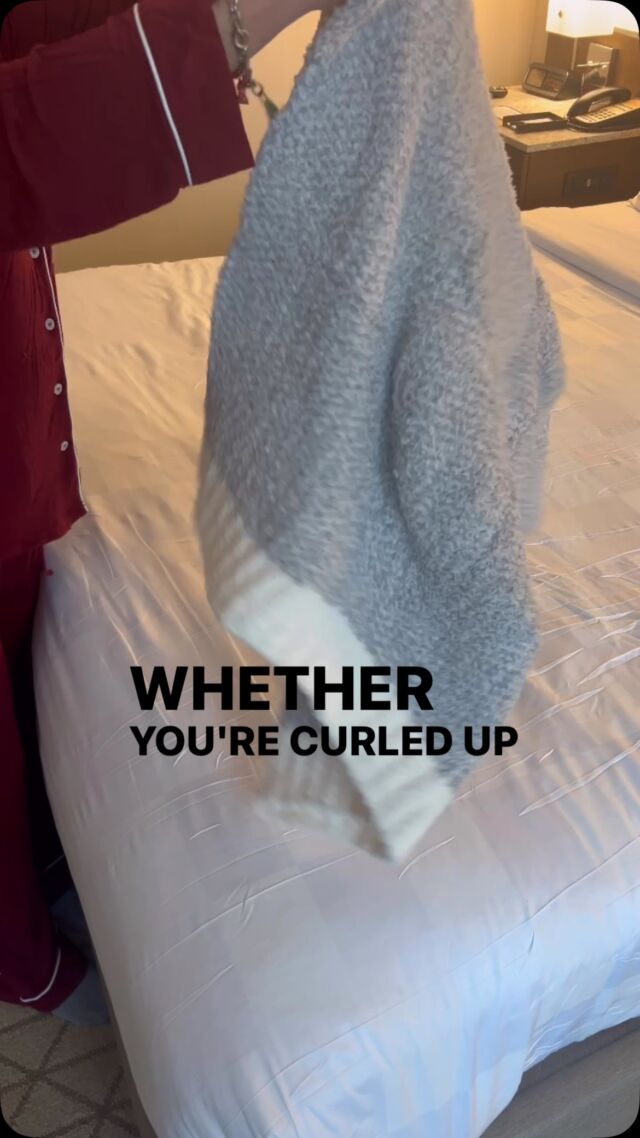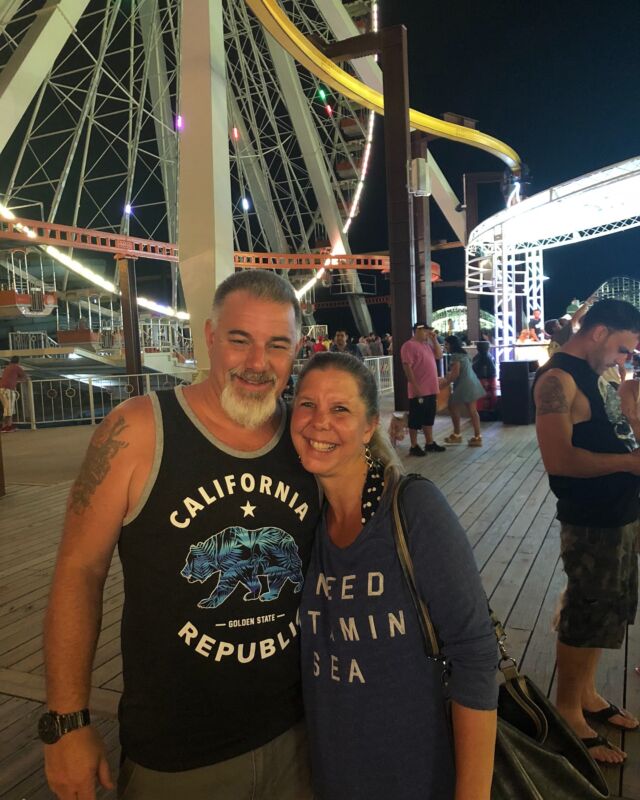When we place our loved ones in a nursing home, we naturally expect a safe and caring atmosphere. But what should you do if you start to notice troubling signs? It can be overwhelming to confront concerns about how a cherished family member is being treated in a nursing home. Knowing exactly which maltreatment warning signs to look for and how to address them can make a massive difference for your family and the community.
Nursing Home Abuse and Neglect Overview
Abuse in nursing homes is a widespread problem that impacts families and facilities across the country. A nursing home’s quality often correlates with the number of violations, citations, and fines received. Ratings provided by the Centers for Medicare & Medicaid Services (CMS) can provide insight into a home’s reputation. A “five-star” rating could indicate a lower likelihood of abuse or neglect, but not always—even highly rated facilities can sometimes fall short. Before deciding on a potential facility, it’s always best to visit and get a feel for the place to know if the placement is suitable for the older adult in your life.
Types of Nursing Home Violations
Nursing home violations vary in type and impact. CMS categorizes violations into four levels of harm:
- No Actual Harm, Minimal Potential for Harm: Incidents that don’t immediately impact resident’s health or safety.
- No Actual Harm, More than Minimal Potential for Harm: Unaddressed issues that could lead to harm.
- Actual Harm, Not in Immediate Jeopardy: Situations that cause residents to suffer harm but aren’t urgent life threats.
- Immediate Jeopardy to Health or Safety: These severe violations risk the resident’s health and safety and require immediate corrective action.
Understanding these classifications can help families gauge the severity of a potential violation or complaint and decide the urgency of possible intervention.
Recognizing Abuse or Negligence
Signs of abuse and negligence range from very obvious to very subtle. Learning to recognize the signs can mean the difference between abuse that goes unreported and abuse that gets exposed. Many living in abusive situations may be too scared or unable to speak up for themselves.
- Signs of neglect include dehydration, malnutrition, bedsores, poor personal hygiene, or unsanitary living conditions.
- Indicators of physical abuse range from unexplained injuries (such as fractures or cuts) to superficial marks (like bruises and scratches).
- Signs of medication error are incorrect dosages, missed medications, or misusing medication to manipulate residents.
- Financial exploitation may happen if there are sudden changes in a loved one’s financial habits, such as new credit accounts, unusual withdrawals, or modified legal documents.
It’s best to address any signs of abuse and neglect immediately. This could mean opening an honest dialogue with your loved one or a staff member to get more information. Keep evidence of any indicators of abuse and/or conversations about the signs and symptoms.
Reporting Potential Violations
If you suspect a violation, there are several ways to report it. An excellent first step is to speak directly to the facility’s management. Some concerns can be sorted out through frank discussions with the nursing home administration. Be sure to keep clear records of your complaints and any related correspondence.
Another option is contacting your state’s Ombudsman Program or Adult Protective Services (APS). Ombudsman Programs support the rights of nursing home residents, while APS can investigate cases of abuse (including in private settings). It’s also recommended that you file a complaint with the state licensing agency that oversees nursing home regulations.
Consequences of a Nursing Home Receiving a Violation
The outcomes for a nursing home found violating care standards depend on the seriousness of the issue. Facilities with minor violations might receive a citation and a request to fix the problem. They may receive a citation but not a fine, as was the case with New York’s Cobble Hill Health Center, which received a violation for unsafe food practices but was not fined.
More severe situations—especially those that pose an immediate risk to residents’ health—can result in huge fines, legal actions, and possible shutdowns. An example is the widely reported closing of two homes in Kentucky in 2019 after hundreds of thousands of dollars in fines.
Raising public awareness about nursing home citations and ratings is a crucial resource for families making informed choices. When a facility is cited, the CMS mandates that it rectify a violation within a specified timeframe, often under close supervision. Facilities that do not comply may face increased fines, restrictions on new admissions, and the risk of closure.
Conclusion
When a family member enters a nursing home, their well-being and safety become a collective priority. It may feel daunting to speak up if you see something amiss, but being upfront and taking action can make meaningful change—not only for your family members but also for other residents and the industry at large.
Stay informed about the warning signs of abuse and neglect and know your pathways for reporting or filing official complaints. Families that know their options are empowered to support their loved ones through the good and the bad.







